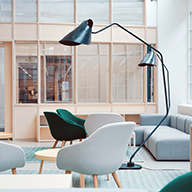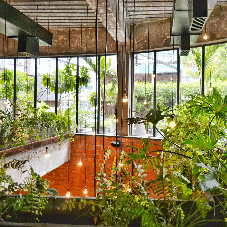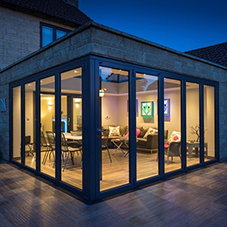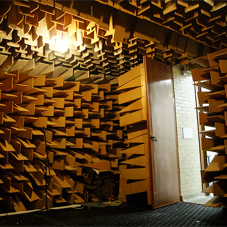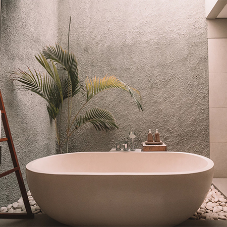The concept of virtual reality in the field of interior design is not as new as it might seem at first glance. For years companies have been bringing our apps and systems with which the customers can see what a specific piece of furniture would look like in their own home; all you needed to do was snap a picture of the area you wanted to decorate, upload it to the app and hey presto, you could see what your living room would look like with a brand new sofa.
Whereas these apps can be very handy at keeping the most severe cases of buyer’s remorse at bay, they also paved the way for the high tech systems that now are making their way to the industry. Forget just marvelling at the living room’s new sofa on a computer screen, imagine walking through your newly decorated house without leaving the desk you parked yourself at with a fresh cuppa. Imagine being able to furnish your home with a click of a mouse or a tap of a finger. Granted, in some cases you may have to wear the goggles which, no matter how much the technology has advanced, are still not comfortable, but you do have the option of viewing 3D models on computer screens and walkthrough videos.
Virtual reality interfaces are a natural method for presenting computer-based design by merging graphics with a view of the real world. The users interactively control their local view, try out design options, and communicate design proposals. If you’ve ever stood in a home store, struggling to combine your interior design choices with hastily scrawled floor plan measurements, you’ll have lamented the fact that there is no easy way to pick and choose home decor items that would fit perfectly in your house. That’s the past now! Virtual reality softwares aim to bring the home plans in life in 3D designs. You can be in complete control of creating blueprints that match your home to a tee, allowing you to add realistic flooring, paint, wallpaper, appliances and furniture.
The advantages of virtual reality extend to the realms of design and architecture. Computer-aided design allows architects to build and envision a structure to eliminate any potential problems before money is spent actualizing the design. Interior design professionals can transform a space without shelling out for sample pieces. Fashion designers can put together fantastic creations and see how they move and look before mass-manufacturing their collection.
The virtual reality softwares and apps are becoming more sophisticated by the day, and as the technology develops, they become more and more available. You can already download some apps for free and with them, choose interior and exterior items from comprehensive catalogues in order to plan and furnish a space. So, whether you buy into the idea of virtual reality, now may the time to invest in it. The move to the mainstream has begun.


